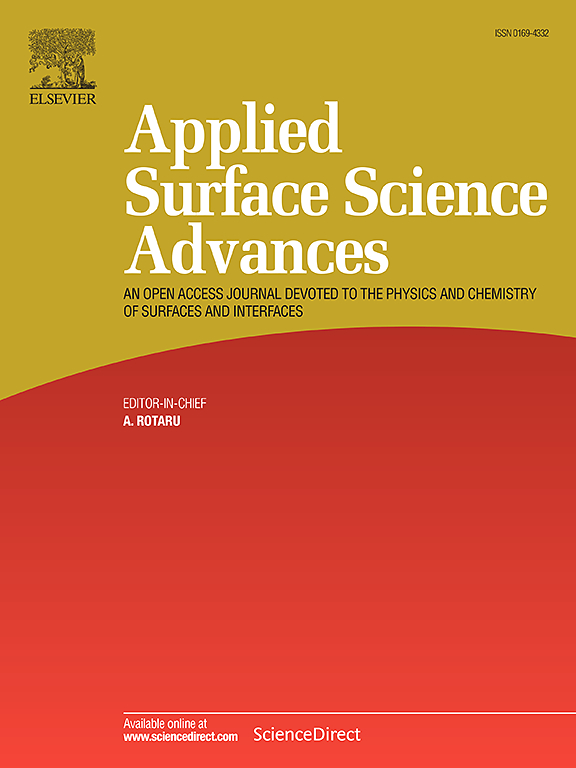Quantum fluorescent gold nanoclusters for PCR-free ultrasensitive DNA detection
IF 8.7
Q1 CHEMISTRY, PHYSICAL
引用次数: 0
Abstract
Gold nanoclusters (AuNCs) have emerged as promising tools for biomedical and environmental applications due to their photoluminescence, biocompatibility, and molecule-like electronic structure. This study presents a novel AuNC-based sensor platform, characterized by eco-friendly synthesis, label-free functionality, and ultrasensitivity for biomolecular detection. AuNCs were synthesized using a green chemistry approach without toxic solvents, yielding strong optical properties with an absorbance peak at 400 nm and emission at 600 nm. Functionalization with thiolated single-stranded DNA (ssDNA) enabled fluorescence-based detection of specific DNA sequences with a limit of detection in the attomolar range. The sensor demonstrated high specificity, distinguishing target DNA from non-specific sequences in both buffer solutions and complex biological matrices, including blood. The modular design allows adaptation to detect various biomolecules by incorporating specific aptamers. This versatile, cost-effective platform combines eco-friendly synthesis, high sensitivity, and specificity, offering significant potential for advanced diagnostics and environmental monitoring in real-world settings.
用于无pcr超灵敏DNA检测的量子荧光金纳米团簇
金纳米团簇(aunc)由于其光致发光、生物相容性和分子样电子结构而成为生物医学和环境应用的有前途的工具。本研究提出了一种新的基于aunc的传感器平台,具有生态合成、无标记功能和超灵敏度的生物分子检测功能。采用绿色化学方法合成AuNCs,无有毒溶剂,具有很强的光学性质,吸光度峰在400 nm,发射峰在600 nm。巯基化单链DNA (ssDNA)功能化使特定DNA序列的荧光检测具有在原子摩尔范围内的检测极限。该传感器具有高特异性,可在缓冲溶液和复杂生物基质(包括血液)中区分靶DNA和非特异性序列。模块化设计允许通过结合特定的适体来适应检测各种生物分子。这种多功能、经济高效的平台结合了环保合成、高灵敏度和特异性,为现实环境中的先进诊断和环境监测提供了巨大的潜力。
本文章由计算机程序翻译,如有差异,请以英文原文为准。
求助全文
约1分钟内获得全文
求助全文

 求助内容:
求助内容: 应助结果提醒方式:
应助结果提醒方式:


